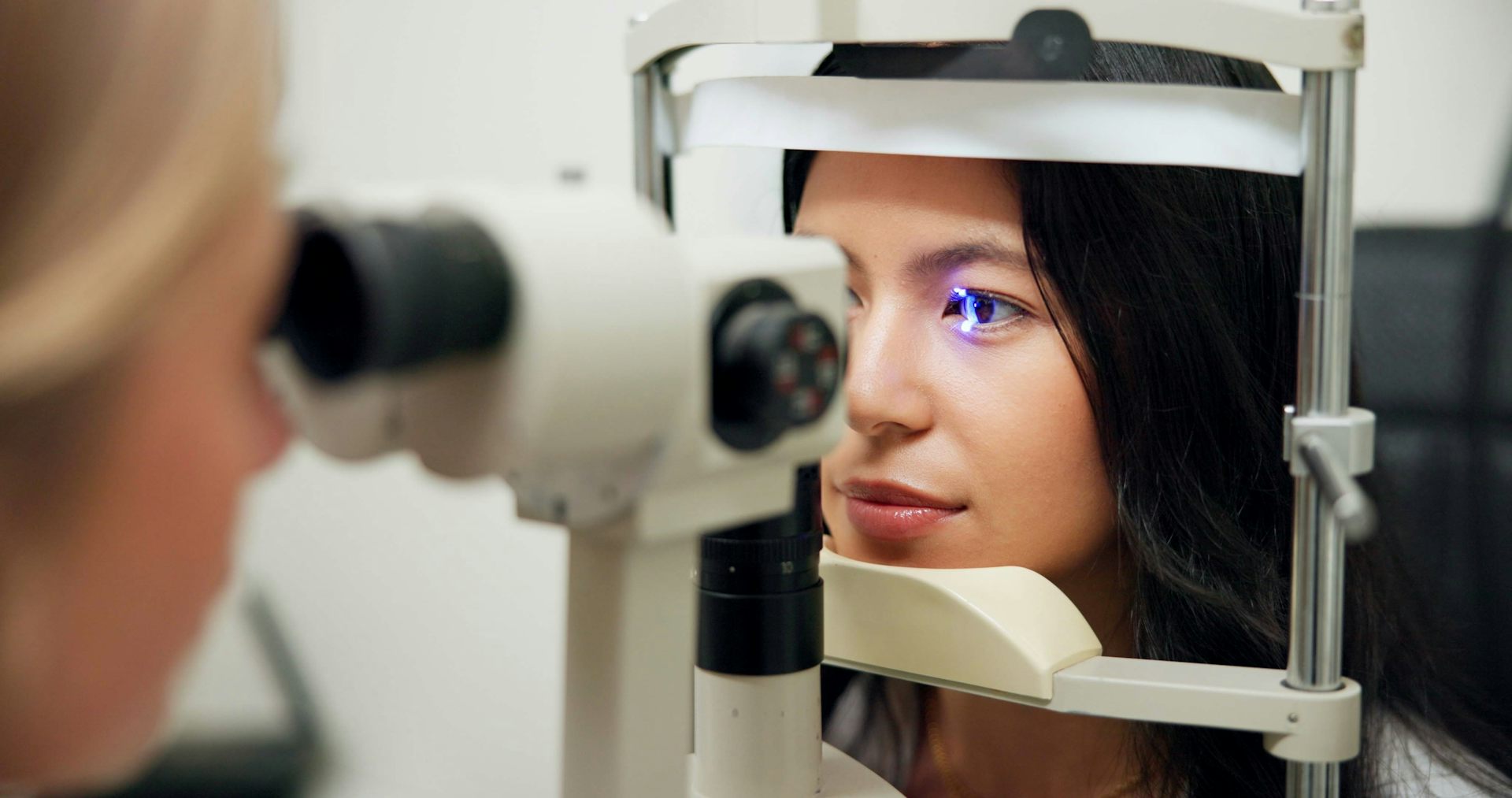Sep 14, 2024
Melissa, a 30-year-old educator, came to the emergency department with a sudden onset of double vision. She had not been in an accident or suffered any trauma and had never experienced this symptom before.
However, she noted that a few months earlier, the vision in one of her eyes had become blurred and then returned to normal shortly after. She told herself it was a sign of fatigue after a period of intense work on a screen.
After some basic optometric tests, then more advanced tests of visual perception, the visual episodes were thought to be related to multiple sclerosis. Melissa was then referred to a neuro-ophthalmology specialist who confirmed the diagnosis, and she was quickly treated.
Is Melissa's case unique? Over my 30 years working as an optometrist, I've seen many patients with different vision and eye health problems, the cause of which turned out to be an illness they didn't know they had.
As a professor at the School of Optometry at the Université de Montréal, I teach students that certain ocular symptoms can be linked to general health problems.
Optometrists are trained to identify the various diseases that can manifest themselves through the eyes and to work with other health professionals to manage them.
Because diabetes will affect almost 8 percent of the population by 2030, screening is a crucial issue. However, it is estimated that diabetes is not generally diagnosed until six to 13 years after its onset.
An eye health examination can shorten this delay since it is often possible to identify characteristic lesions of the disease at the back of the eye before other symptoms of diabetes appear.
Early diagnosis is crucial since within five years of diagnosis (i.e. 11 to 15 years after the onset of diabetes), 25 percent of patients with Type 1 (juvenile diabetes) and 40 percent of those with Type 2 (adult diabetes) who are treated with insulin will develop eye lesions that can have a major effect on their vision.
Early identification and rigorous monitoring of eye health significantly reduces the risk of blindness, which can happen when the disease is not treated.
If diabetes affects a significant number of patients without them knowing it, what can be said about high blood pressure and high cholesterol? These two conditions significantly increase the risk of coronary heart disease or stroke in our societies.
The eye is the only place in the human body where blood vessels can be seen without having to make an incision or use invasive techniques.
In all these cases, very often the symptoms experienced by the patient are so few, or progress so slowly, that he or she considers them almost normal.

The absence of symptoms is also the norm for glaucoma. This pathology of the optic nerve is usually associated with excessive production of aqueous humour in the eye or a deficit in its evacuation.
The pressure inside the eye then increases and through different mechanisms leads to the loss of nerve fibres in the nerve. The visual field narrows very slowly (and therefore can go unnoticed), so the person ends up with tunnel vision after several years.
By the time this loss of vision affects them, it is often late, so the damage to the optic nerve can be very extensive. This damage is mainly ocular, although it can also be induced by the effect of certain drugs (such as cortisone).
Normotensive glaucoma is of a completely different nature. In this case, the pressure inside the eye remains normal but the nerve is still damaged. The mechanisms at play are different from those in chronic open-angle glaucoma.
Normotensive glaucoma is often associated with low blood pressure or conditions such as sleep apnea. If it is present, the patient must be referred to a family doctor for a thorough investigation.
Because cancer is becoming so widespread and is expressed in so many ways, we call it the disease of the century. Cancers that affect the eye (retinoblastoma) can also cause metastases to the lungs and liver.
Here again, the disease often develops without symptoms until it is too late. So early detection is crucial, because the patient's very survival is at stake.
Other types of asymptomatic retinal pigment (shaped like a bear's paw) may be associated with cancer of the colon, which has a very negative prognosis if management is delayed.
A simple visual field measurement may reveal abnormalities that some patients are unaware of, or that they consider so benign they don't bother to report them. However, many visual field abnormalities hide brain tumours, such as pituitary adenoma, or nerve fibres compressed by blood vessels.
Abnormal eye movements, asymmetric pupillary responses, sudden reading problems or the appearance of diplopia are all yellow flags that require further ocular and neurological investigation.
Rather than the mirror of the soul, the eyes become an open window on our overall health.
That makes regular consultations with an optometrist more important than ever, even when there are no symptoms. Many disorders can be detected and treated to either minimize illnesses or prevent them altogether.
Langis Michaud, full professor. School of Optometry. Expertise in eye health and use of specialized contact lenses, University of Montreal
This article is republished from The Conversation under a Creative Commons license. Read the original article.
.png)